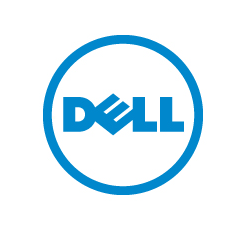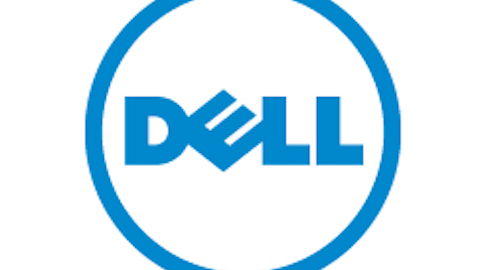
What can we do with a faster spinning washer machine, or a faster heating microwave? Not a whole lot. Maybe, that’s why General Electric Company (NYSE:GE) decided to spin off the refrigerator division of its company, not a whole lot of action in consumer durable appliances.
Computers aren’t dead yet
Computers are the backbone of many devices. So, here are the requirements I believe it would take for consumers to come to a faster product adoption cycle. Consumers will demand faster desktop processors, RAM, hard-drives, when consumers find the benefit of added computing corresponding with their needs.
Google Inc (NASDAQ:GOOG)’s latest development through Google Inc (NASDAQ:GOOG) fiber clearly proves that there’s a lot of untapped potential from computers. However, for computers to justify higher processor speeds, they would require a faster world wide web. At least according to AT&T, 74% of business applications will be found online in servers that are going to be accessed through the internet. So, faster processors would be only necessary in an environment whereby the speed of the internet were to improve. Investing in the infrastructure for fiber optics could be cost-prohibitive; however, speeds that are 100 times faster than broadband is the next frontier in computing. If that’s the case, computing will become more demanding, and the product landscape will definitely change. So, keep your eyes open for web-based technology changes as they will be heavily impacted by the speed of the internet.
For now, consumers have basic demands that seem focused on social interaction and information consumption on the internet. More complex graphic user interfaces that are more user-oriented may require better computing power. But, my hunch is that algorithmic artificial intelligence that customizes the web for user-driven purposes is going to require more computing power. On the other hand, web 3.0 is already becoming more of a reality based on the data-driven homepage that Yahoo! Inc. (NASDAQ:YHOO) has already been able to develop. In the future, the web will be full of information, but information that is specifically aimed at your own needs, desires, and interests. The creation of these complex data-systems requires skilled programmers, faster workstations, larger research and development budgets. So, more complex data usage and advances in artificial intelligence are a potential need that could be met by faster processing. No one knows what kind of content creation is possible with processors that are a million times faster than what they are now. For now, producers have been able to utilize the internet to build basic websites that accomplish basic human needs.
Currently, the internet is used for basic entertainment (watching movies online or video games), shopping (shipped to your door), interaction (social networks), content consumption (reading the Wall Street Journal and the various content channels that News Corp (NASDAQ:NWS) may have to offer), specialized needs (online banking), and Telecommuting (Elance, and Accenture Plc (NYSE:ACN)). These basic needs are being met quite adequately with today’s processing, RAM, motherboard, and hard-drive technology. However, just ten-years ago, computers would not have been able to run many of the online programs that have been created in the past ten-years. In fact, more complex human needs that can be met through the internet, and require more complex processing needs will be the driving force in future product adoption cycles.

